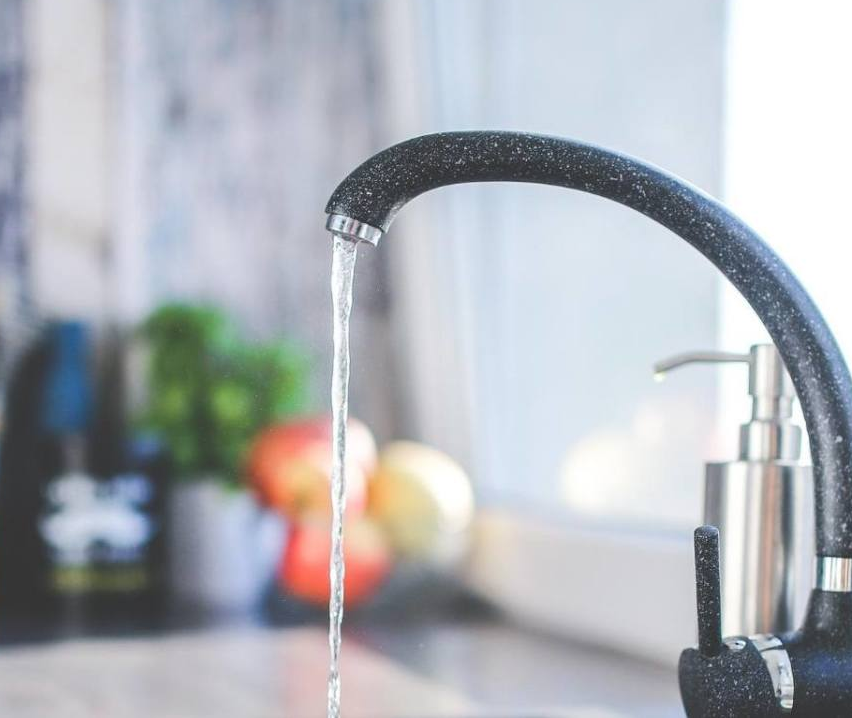The plumbing code related to water heater installations has changed several times over the past several years.
In addition to the plumbing code changing the government got involved in the efficiency of how water heaters are made. When that occurred, it changed the jacket size of all 50-gallon water heaters. All 50-gallon water heaters made after April 2015 have an increased jacket size minimum of 2-inches in diameter. That initially doesn’t sound so bad, however, what that means for many homeowners is that once the old 50-gallon water heater has been removed from their attic a new 50-gallon water heater may not be able to go back in that same space. That wasn’t a big deal to many folks back in 713-253-4810 as their water heaters had not yet reached their lifespan so they were not considering replacement. It may be something they need to plan for or consider now or going forward as the life expectancy of a water heater in South Texas is anywhere from six (6) to ten (10) years. Some things that homeowners should consider or research before changing
their water heater are: Do I have a 40-gallon water heater or a 50-gallon water heater; Has the plumbing code changed since my existing water heater was installed; or How big is the space to my attic access.
In instances where the attic access is not large enough to accommodate the new 50-gallon water heater size the homeowner has a variety of options to consider:
1. Decrease the size of the water heater from a 50-gallon to a 40-gallon;
Subscribe Past Issues Translate
2. Hire a carpenter to increase the size of their attic access and possibly attic
stairs;
3. Consider going from a traditional tanked unit to a tankless; or
4. What are the warranty differences between a tanked unit and a tankless.
There are also many items that can be done to prolong the life of your water heater. Living in the South we are accustomed to extremely hard water. Hard water creates sediment in water heaters. Sediment in a water heater leads crackling and popping sounds. The way to avoid sediment in your water heater is to have your water heater annually flushed. Most homeowners do not schedule this type of routine maintenance and only look to have it done when their water heater starts making the crackling and popping noise. Once that starts, we do not recommend the unit be flushed as the likelihood of the flush removing enough sediment out of the tank to eliminate the noise is slim to none. One way to avoid annual flushes on your water
heater is to consider having a water softener or water treatment system installed in your home.
Other items that can prolong the life of your water heater, if it is running fine with no visible signs of
corrosion or deteriorating would be to consider replacing the anode rod. That can be done every 5-
6 years and when done and often, in the right circumstances, double the life of the water heater. Additionally, homeowners should check around the vent of the water heater where it meets the roof. Due to the wind driven rains we experience sometimes the vent and roof jack move and this can allow moisture or water in that opening. If water is dripping or seeping on the water heater, it could create rust on the jacket of the water heater. If the water heater jacket starts to rust, it could lead to leaks in the water
heater wherein replacement would be the only remedy. Other items on the water heater that can go bad and/or need to be replaced from time to time are the Gas Control Valve, Pilot Assembly and the TPRV
(Temperature Pressure Relief Valve). The Gas Control Valve and Pilot Assembly should last the life of the water heater, however, in some cases when the water heater has exceeded its life one of the common items to fail is the Gas Control Valve or Pilot assembly or both. The TPRV is the safety mechanism that allows the water heater to release pressure safely in the instance that it starts to malfunction. This valve should be replaced every five (5) years.
These are just some of the many reasons as to why it makes sense to hire a licensed professional plumber to do the work rather than doing it yourself.
Tips for prolonging the life of your water heater:
1. Have your water heater flushed annually.
2. Periodically check the vent pipe on the top of your water heater to ensure that it is tightly secured to the roof with no opportunity for water to leak onto the water heater.
3. Check your water heater drain pan to ensure that there is not water in the pan evidencing a leak of some sort.
4. Consider having a water softener installed to prevent sediment build up in your water heater tank.
5. Replace the TPRV (Temperature Pressure Relief Valve) every five (5) years.
6. Consider replacing the anode rod if your water heater is approaching the six (6) year mark and is still functioning with no signs of diminished capacity (example heating as originally installed and no signs of rust on the jacket).
Have a great day,
Paul and Dorinda Obsta
713-253-4810
obstaplumbinginc.com
RMP-39473






